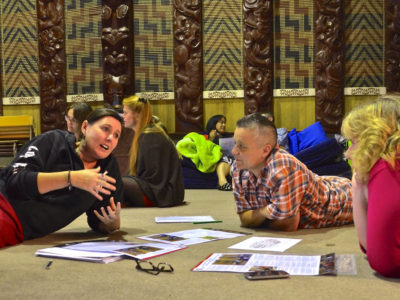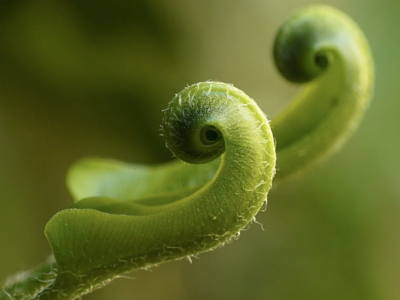
Kia Whakaoho Mauri
Posted on 28 November, 2016
https://kep.org.nz/news/2016/kia-whakaoho-mauri
Revitalising the principles at Te Kura Toitu o Te Whaiti-nui-a-Toi
Te Kura Toitu o Te Whaiti-nui-a-Toi is celebrating the revitalisation of principles passed down to the current generation by their kaumatua (kia whakaoho mauri).
As the Strategic Change Leadership Team (SCLT) explains:
“These have lain dormant for the past 10 years and with the support of Kia Eke Panuku the connections between Culturally Responsive and Relational Pedagogy and our Mauri has brought them to life.”
The kura’s special character is based on the leadership principles of their ancestor, Toitehuatahi / Toikarakau, together with the school’s vision of Whakatipu Rangatira.
The SCLT explains that it wants its tauira, kaiako and whānau to embody those qualities but, while this was always the intention, they recognised that they kept defaulting back to “how we were taught”.
“We felt the pressure to be ‘compliant’. By asking ourselves the hard questions we became conscious of the disconnect between our principles and the curriculum that we were teaching. We realised that we needed to decolonise not only our curriculum but also the way that we think about education.
Bringing the community together
By having the conversations and deepening their understanding of “who and where we are” the SCLT realised they needed to utilise the rich environment that surrounds the kura.
They decided that the development of a maara was one way they could do this - as an expression of Toi and his leadership principles.
They knew that a maara was more than a food source (garden) - it was something that could provide authentic contexts for learning, as well as providing a common experience for their learners and the community.
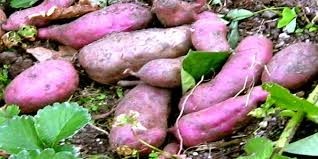 The work on the maara has already begun and is already providing many opportunities for learning - tauira, kaiako and whānau are participating in its development and this is reflecting their principles in action. As the mauri awakens, people’s mauri responds and they want to be part of the kaupapa.
The work on the maara has already begun and is already providing many opportunities for learning - tauira, kaiako and whānau are participating in its development and this is reflecting their principles in action. As the mauri awakens, people’s mauri responds and they want to be part of the kaupapa.
As hoped, the wider community is being drawn in. For example, one contractor who initially quoted $4,500 to clear the ground then decided to donate his time as a way of contributing to the kaupapa. Another is a local farmer who has offered to plough, cultivate, seed and fence the area at no cost.
The SCLT continues to reflect on their experience:
“The maara is a physical manifestation of our own growth and understanding of the principles. The life force of the mauri is directly connected to the life force of the whenua. The maara is just the starting point.”
Mai i te mauri noho ki te mauri oho!


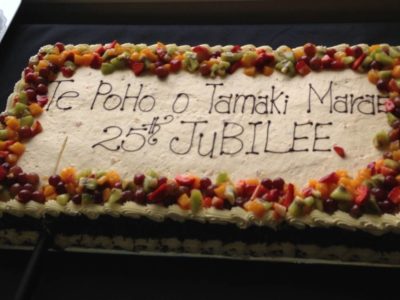
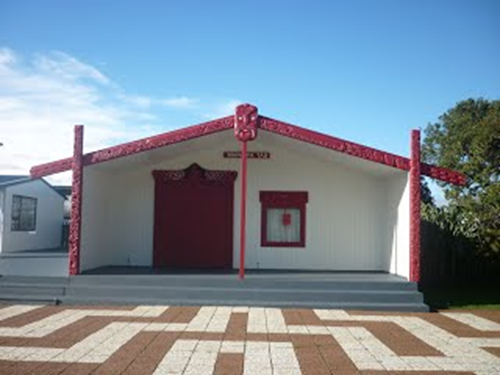 The marae was established in 1991 with the vision of the then board of trustees chairman, Steve Kirkwood. His vision was for a marae that would welcome all the people of Glen Innes, and this led to the development of Te Poho o Tamaki Marae (‘the Heart of Tamaki’).
The marae was established in 1991 with the vision of the then board of trustees chairman, Steve Kirkwood. His vision was for a marae that would welcome all the people of Glen Innes, and this led to the development of Te Poho o Tamaki Marae (‘the Heart of Tamaki’).
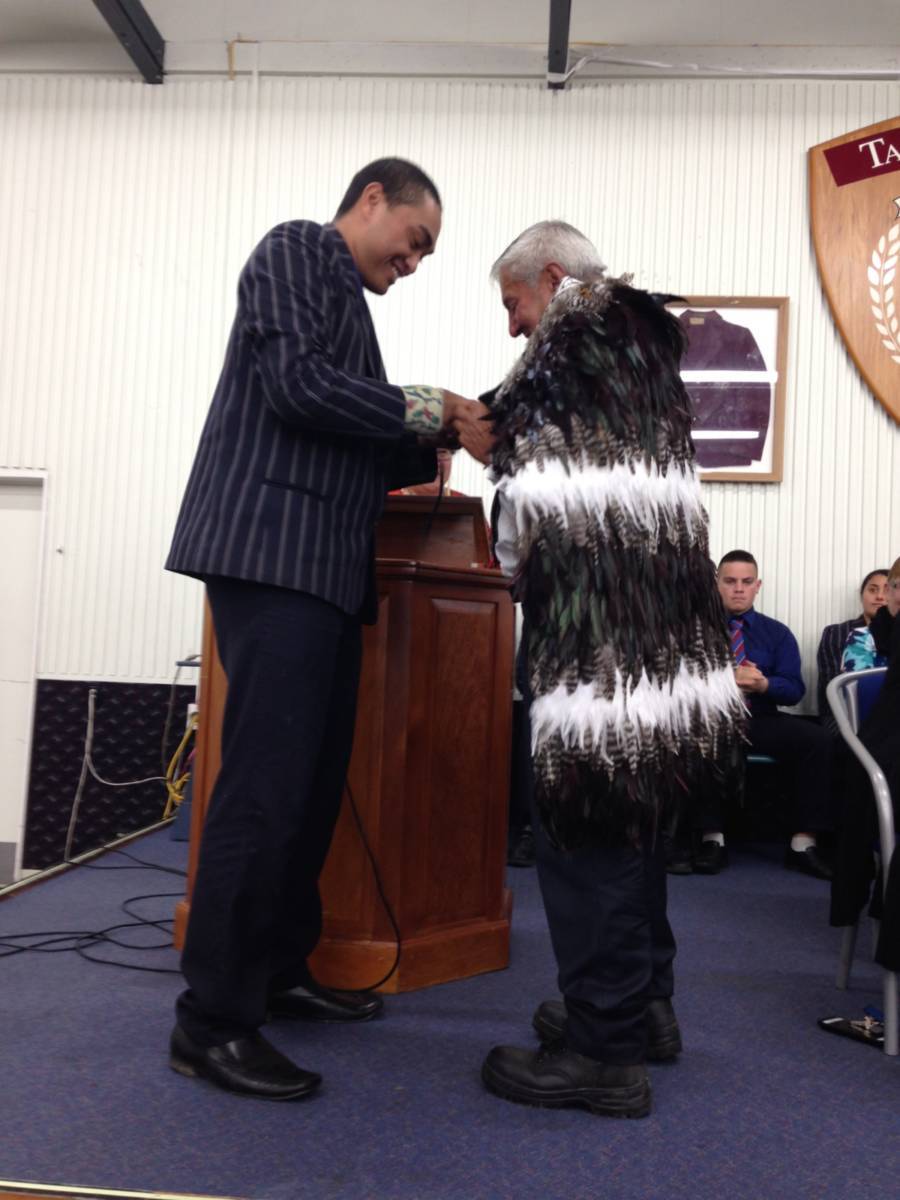 The students led a special tribute to the kaumatua Wally Noble for his 25 years of service to the kura.
The students led a special tribute to the kaumatua Wally Noble for his 25 years of service to the kura.
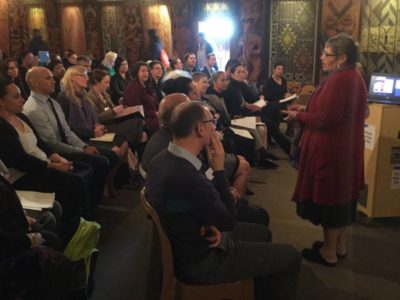
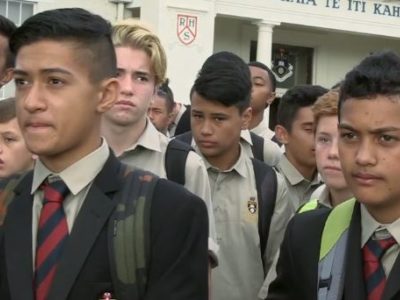
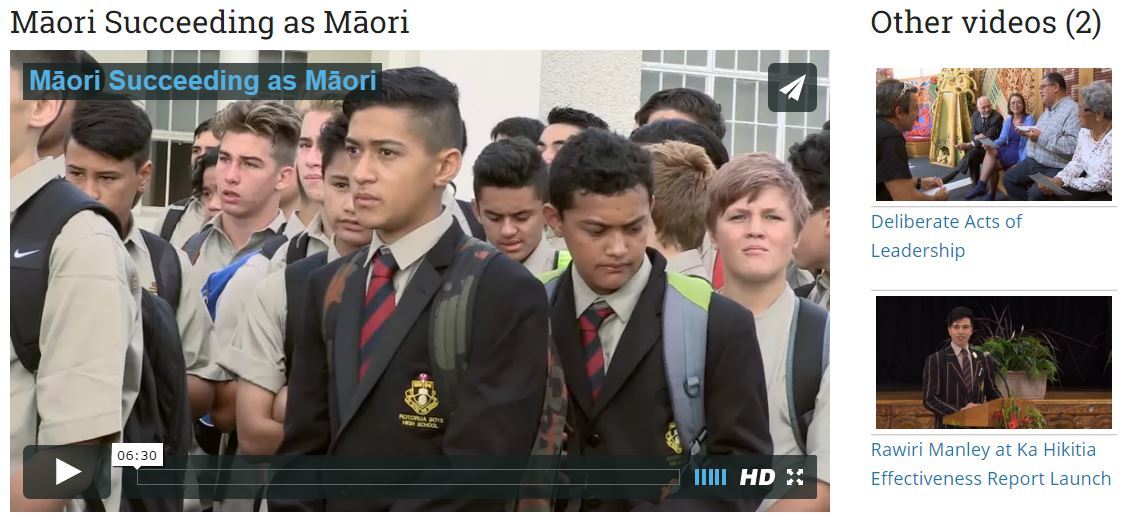

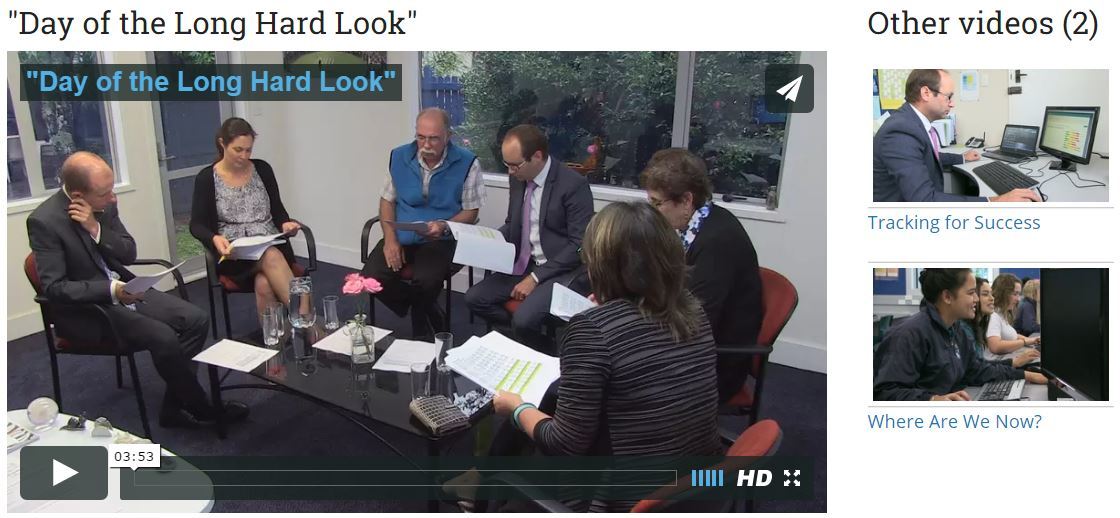
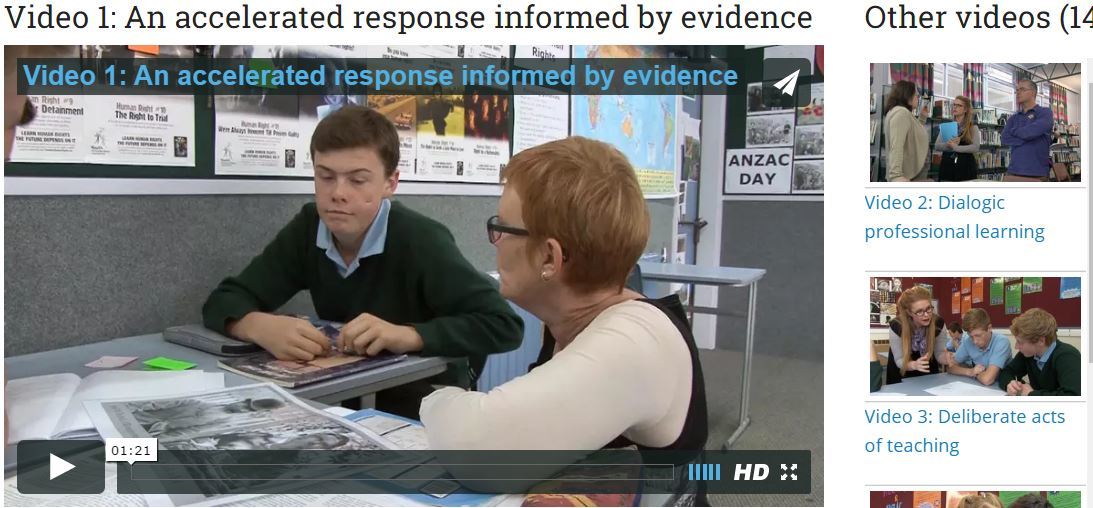
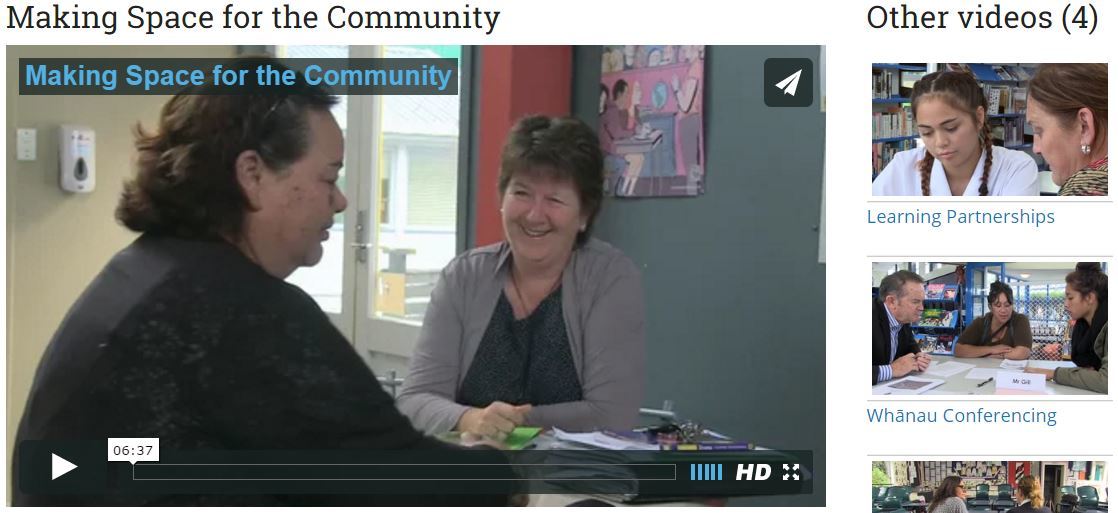
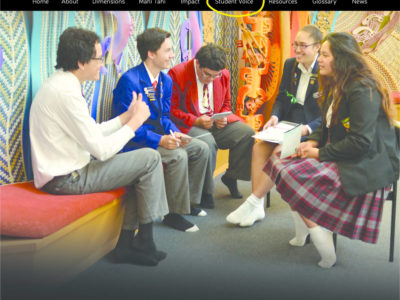
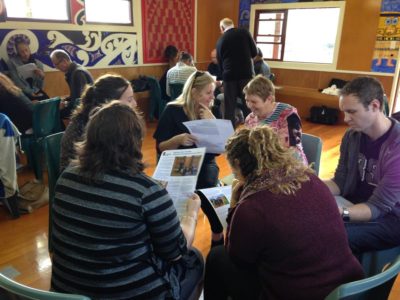
 With this in mind, a staff PLD day was co-constructed, resulting in a marae-based hui for teachers, invited Māori students and whānau, to discuss what Māori success as Māori at Rodney College looks like.
With this in mind, a staff PLD day was co-constructed, resulting in a marae-based hui for teachers, invited Māori students and whānau, to discuss what Māori success as Māori at Rodney College looks like.
 Three activities were devised to help facilitate a culturally responsive and relational pedagogical approach for the group:
Three activities were devised to help facilitate a culturally responsive and relational pedagogical approach for the group:
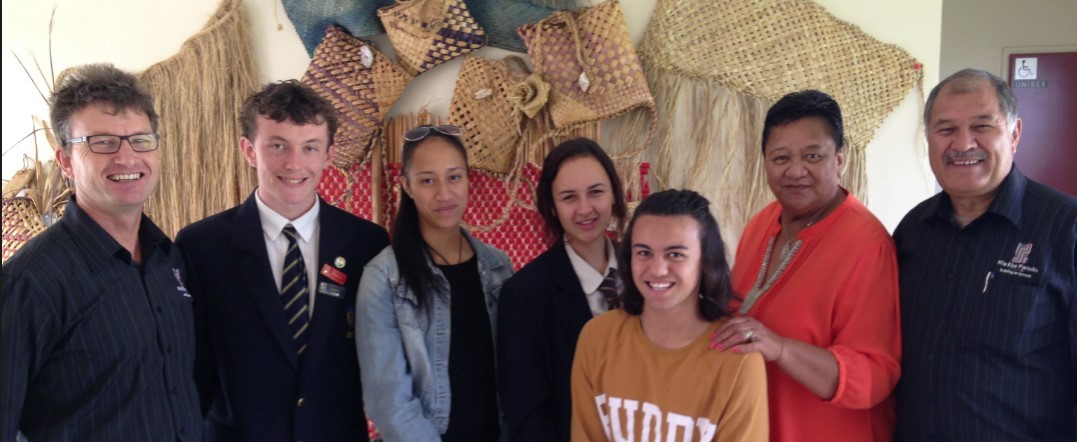
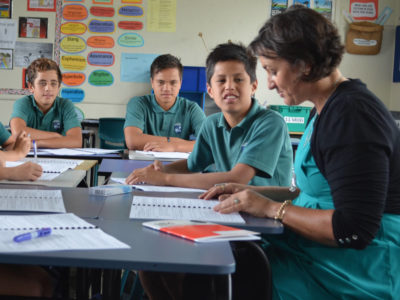
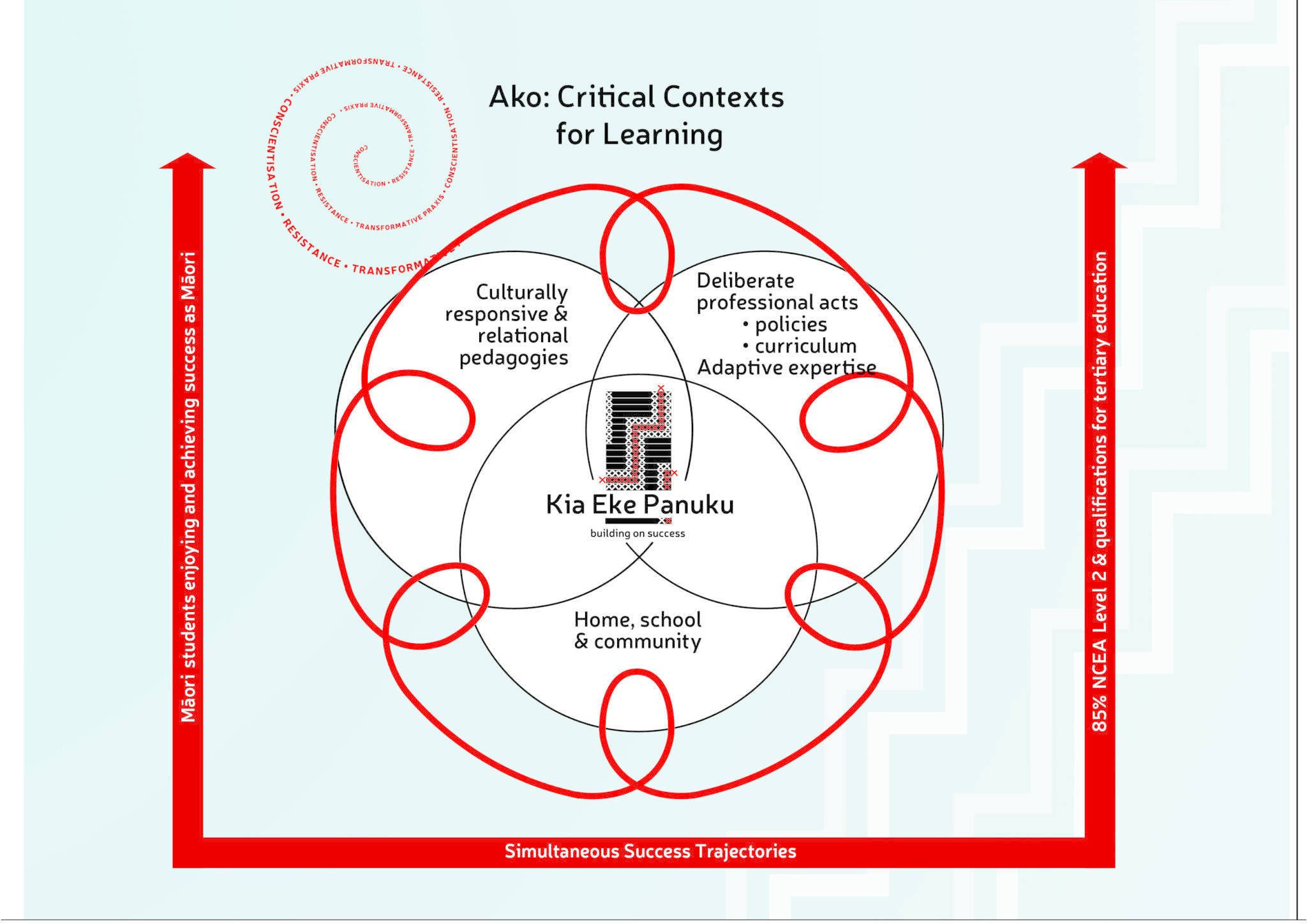 The school considered how they might utilise the model to support a critically reflective conversation on their current initiatives in relation to the Literacy, Te Reo Māori and Numeracy dimension.
The school considered how they might utilise the model to support a critically reflective conversation on their current initiatives in relation to the Literacy, Te Reo Māori and Numeracy dimension.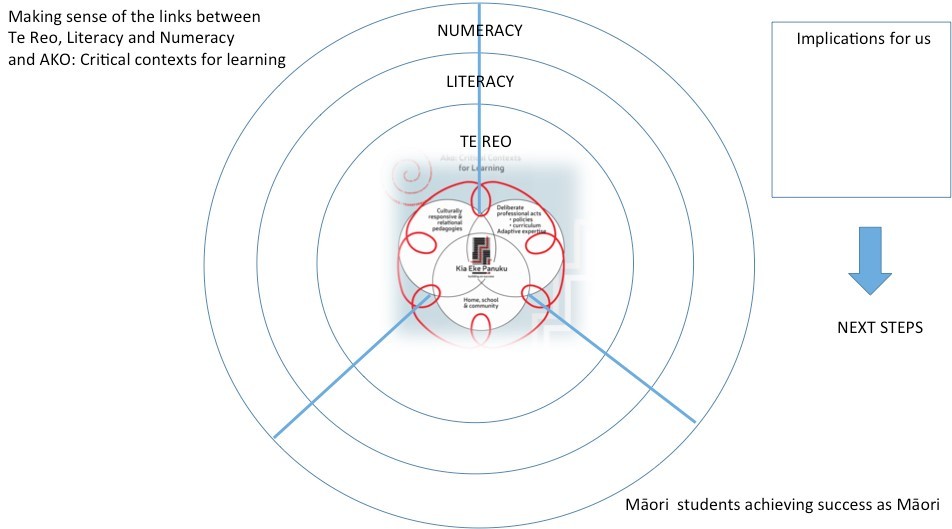 The Kerikeri High School Strategic Change Leadership Team explained what initiatives were in place for literacy, te reo Māori and numeracy within their school. They then considered how, and to what extent, each initiative connected to the three aspects of the Ako: Critical Contexts for Learning model.
The Kerikeri High School Strategic Change Leadership Team explained what initiatives were in place for literacy, te reo Māori and numeracy within their school. They then considered how, and to what extent, each initiative connected to the three aspects of the Ako: Critical Contexts for Learning model.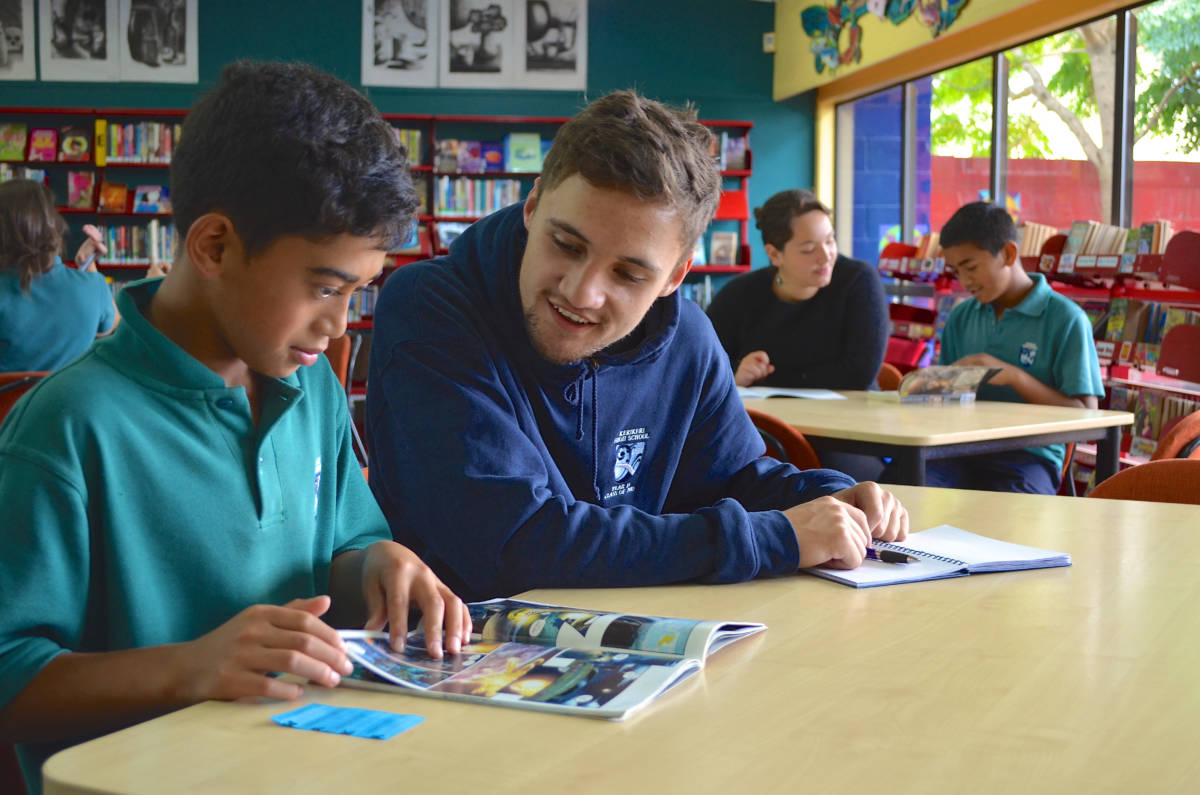 Not only did this challenge them to think both widely and deeply about each initiative, it also highlighted key areas for development. This led to further refinement of their action plan and the initiatives themselves.
Not only did this challenge them to think both widely and deeply about each initiative, it also highlighted key areas for development. This led to further refinement of their action plan and the initiatives themselves.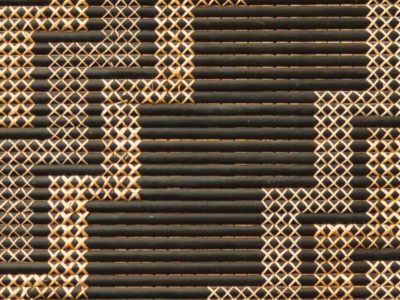
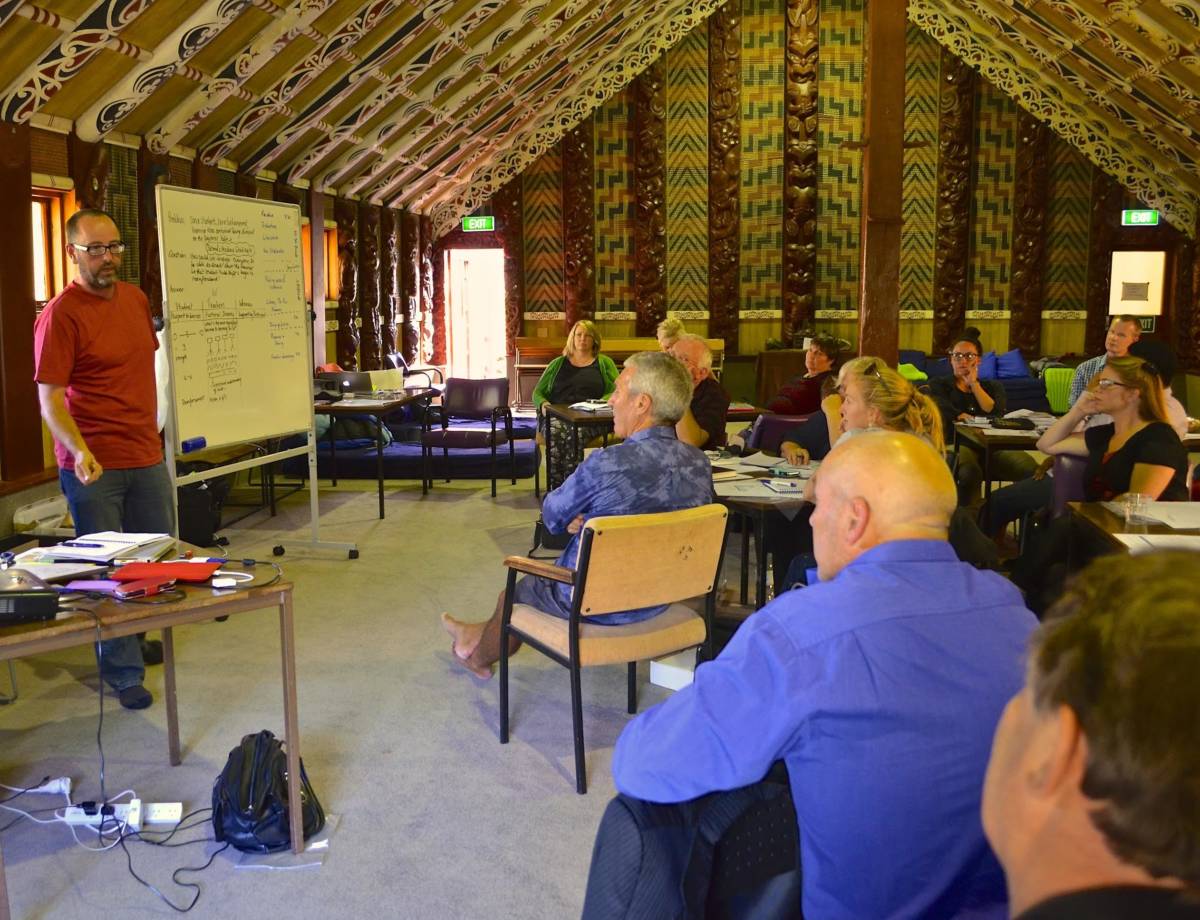 We have updated the ‘Impact’ section of the site. It now contains the results of the latest school survey where the external evaluation team canvassed the views of principals about the shifts in outcomes and changed behaviours they attribute to Kia Eke Panuku .
We have updated the ‘Impact’ section of the site. It now contains the results of the latest school survey where the external evaluation team canvassed the views of principals about the shifts in outcomes and changed behaviours they attribute to Kia Eke Panuku .